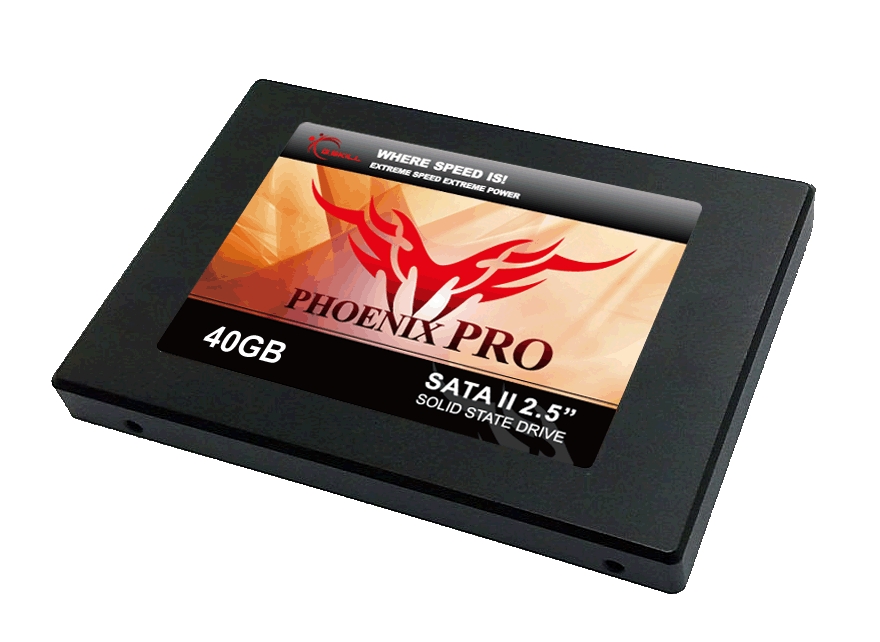New Flash Specs Double Transfer Speeds of SSDs
The Open NAND Flash Interface has released a new standard.
Tuesday the Open NAND Flash Interface (ONFI) Working Group published the new ONFI 3.0 standard that doubles current NAND interface transfer rates (ONFI 2.3) using the non-volatile DDR2 (NV-DDR2) interface. This will enable transfer speeds up to 400 MB/sec for flash storage products such as solid state drives located inside computers, laptops, tablets and other consumer electronics.
The Open NAND Flash Interface is an industry working group made up of more than 80 companies that build, design-in, or enable NAND flash memory. The group has devoted its resources in simplifying NAND flash integration into consumer electronic products, computing platforms, and any other application that requires solid state mass storage. The group's current standard, ONFI 2.3, was released back in August 2010.
The new flash specification details the interface and infrastructure that ONFI members can employ in order to develop faster products. ONFI 3.0 requires fewer channels than its predecessor which means a savings in physical space and overall cost. The new 3.0 spec is also more power efficient than previous standards, and includes error-correction capabilities to boot.
"The ONFI 3.0 incorporates a sophisticated die selection feature that reduces the number of chip enable (CE) pins, which in turn lowers the number of controller pins making PCB routing more efficient," the OFNI stated. "Reducing the number of CE pins is especially important for SSDs, providing a significant cost reduction and allowing the extra pins to be assigned to other applications within the system."
Intel added that ONFI 3.0 now has its support, saying the new specs will give way to faster SSDs in the future. Additionally, SandForce, Micron and Spansion have also expressed their dedication to the new standard, saying the ONFI 3.0 standard will play an important role for high-performance computing applications "where speed is paramount."
"ONFI 3.0 doubles the bus speed which is critical to delivering high-performance solid state storage solutions across all compute application needs, especially for given capacity footprints as NAND die density and page sizes increase,” said Steffen Hellmold, vice president of business development for SandForce. “Furthermore the innovative measures taken to reduce pin count will help drive system improvements in cost and complexity. We are proud supporters of the ONFI specification and are working on delivering an SSD processor solution fully embracing this new interface capability in 2012."
Sounds like we may need a seat belt for 2012.
Get Tom's Hardware's best news and in-depth reviews, straight to your inbox.

Kevin Parrish has over a decade of experience as a writer, editor, and product tester. His work focused on computer hardware, networking equipment, smartphones, tablets, gaming consoles, and other internet-connected devices. His work has appeared in Tom's Hardware, Tom's Guide, Maximum PC, Digital Trends, Android Authority, How-To Geek, Lifewire, and others.
-
cmartin011 oh boy! oh wait are they not pushing more than 400 MB/sec already? sata 3 already MAX out for the most part. Are they trying every thing in there will to keep this at steady tip toeing pace or what wtf!Reply -
mosu I wonder why most motherboards, even enthusiast/gamer type don't have at least one X4 PCI-Ex slot, but came with 4 and 5 X16 PCI-Ex.Reply -
XD_dued mosuI wonder why most motherboards, even enthusiast/gamer type don't have at least one X4 PCI-Ex slot, but came with 4 and 5 X16 PCI-Ex.Reply
well...you could just plug the x4 cards into the x16 slots. Why limit the board's potential? -
vork cmartin011oh boy! oh wait are they not pushing more than 400 MB/sec already? sata 3 already MAX out for the most part.Reply
I assume the 400 MB/s is per channel, the new Intel 510 SSD for example has 8 channels, so you can do the math on that one :)
-
LordConrad XD_duedwell...you could just plug the x4 cards into the x16 slots. Why limit the board's potential?The board's potential is already limited. How many of those x16 slots do you think actually work at x16 speeds? The answer is one or two, unless you have a really high-end motherboard.Reply -
Supertrek32 SSD manufacturers should really start focusing on increasing the capacity and lowering the cost. These types of speeds are cool and all, but completely pointless for most applications.Reply
The only major application that would really see a benefit from is image/video processing. Trying to capture uncompressed video is the only process which can typically actually max out a connection other than backups. Backups can be automated and run during down-time, though, so that's not much of any issue.
Of course... Uncompressed video takes up something like 400GB and hour for 720p.... Yay! So I wonder just how many of these drives you'd need, and how many thousands it would cost.
Super-fast read/writes don't mean much if there isn't enough space to read/write the information. It's simply not practical.
Now IOSpeed... That can be useful for servers, no doubt, but this doesn't seem to be an improvement in that regard.
I won't say this is a completely pointless advancement of the technology, it will become relevant some day, but the research is improving the wrong things. -
If you read the whole article, you'd see that this new standard is supposed to reduce costs as well.Reply
